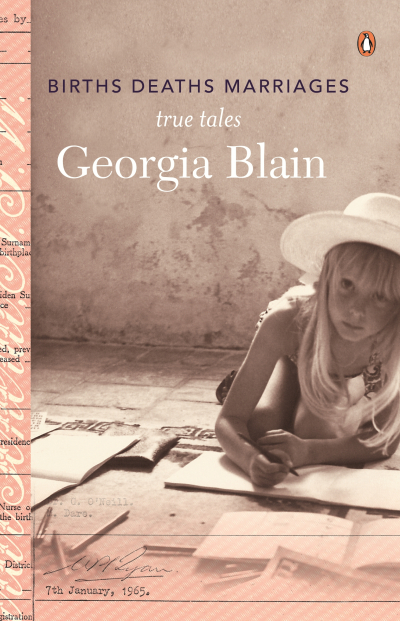Biography
The Flower Hunter: The remarkable life of Ellis Rowan by Christine and Michael Morton-Evans
by Heidi Maier •
A World-Proof Life: Eleanor Dark, a writer in her times, 1901-1985 by Marivic Wyndham
by David Carter •
Ever, Manning: Selected letters of Manning Clark 1938–1991 edited by Roslyn Russell
by John Thompson •
Chasing The Flame: Sergio Vieira De Mello and the fight to save the world by Samantha Power
by Nicholas Brown •
Barcroft Boake: Collected works, edited, with a life by W.F. Refshauge
by Patrick Buckridge •
Cups With No Handles: Memoir of a Grassroots Activist by Carolyn Landon et al.
by Marian Quartly •
Captain Charles, Engineer of Charity: The remarkable life of Charles Gordon O’Neill by Stephen Utick
by Beverley Kingston •
Births Deaths Marriages by Georgia Blain & The After Life by Kathleen Stewart
by Shirley Walker •










